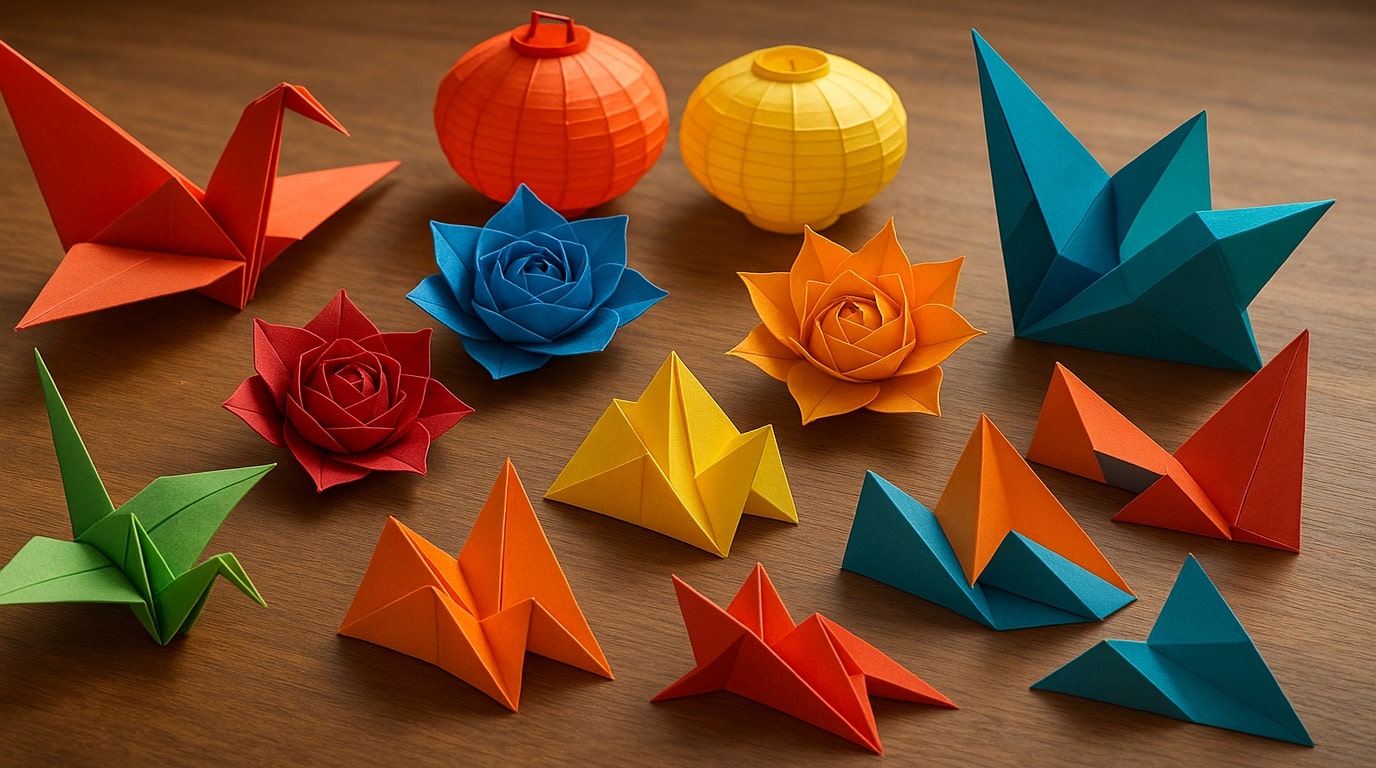
The Cultural Significance of Origami Around the World
Origami, the delicate and intricate art of paper folding, is a tradition that has fascinated people for centuries. From its humble beginnings to becoming a global symbol of creativity and mindfulness, origami holds deep cultural significance in many parts of the world. While most people associate origami with Japan, the practice of folding paper has roots in multiple countries, each adding its own meaning and style to this beautiful craft. Today, origami is more than just a hobby — it’s an art form that connects cultures, inspires innovation, and represents a shared appreciation for creativity.
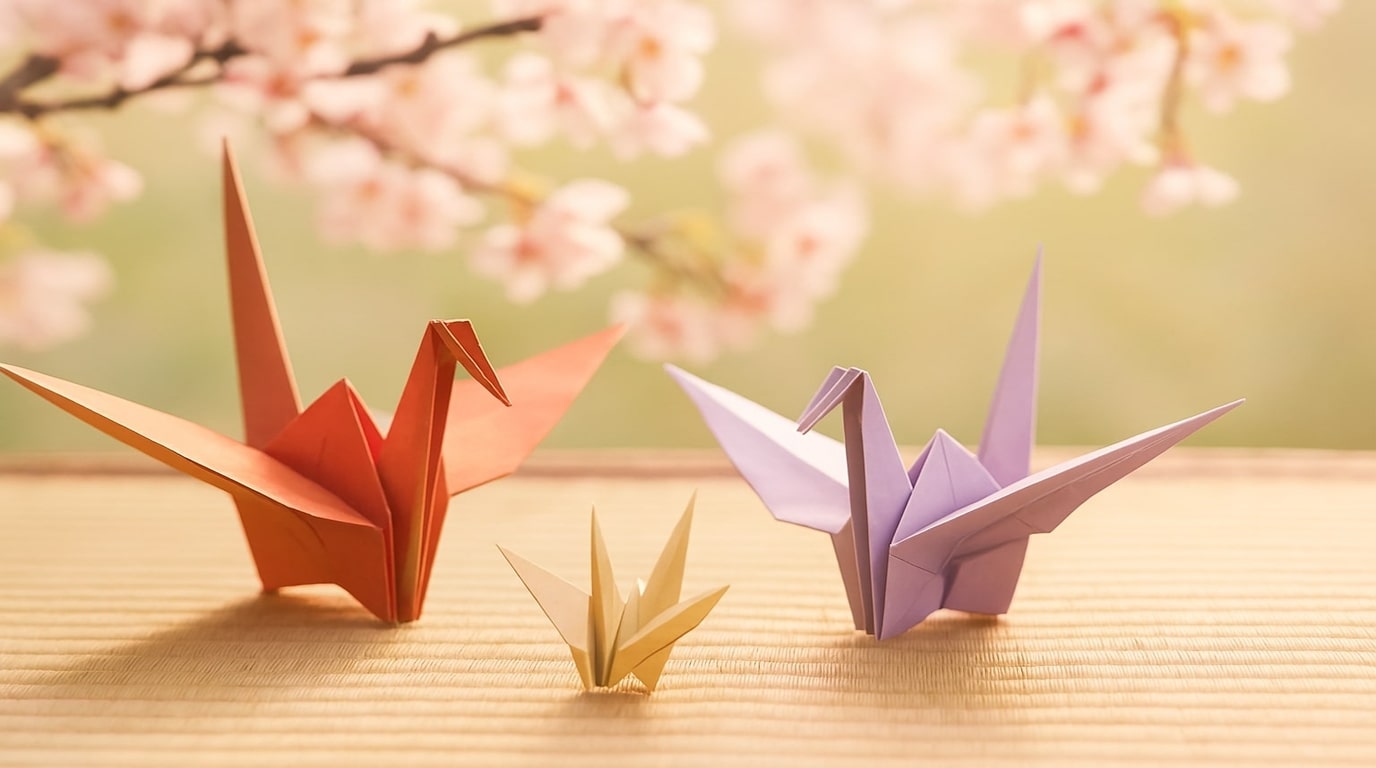
Understanding the Origins of Origami
The word “origami” comes from two Japanese words: ori (to fold) and kami (paper). However, the earliest forms of paper folding did not start as a decorative art but as a part of religious and ceremonial practices. In ancient times, paper was considered a precious material, and folding it held special meaning. These folded pieces were often used during important rituals, such as weddings, offerings to deities, and spiritual ceremonies.
As paper became more accessible, the practice evolved into a form of artistic expression and entertainment. By the 17th century, origami had become a popular activity among both the Japanese elite and common people. What makes origami unique is that a single sheet of paper can be transformed into intricate designs without cutting or gluing, making it a pure form of creativity and craftsmanship.
The Symbolism of Origami Cranes in Japanese Culture
When discussing origami, the iconic Japanese crane immediately comes to mind. In Japanese culture, the crane represents peace, longevity, and happiness. According to tradition, folding 1,000 cranes, a practice known as senbazuru, grants the folder a wish or blessing. This belief gained global recognition after World War II, particularly through the story of Sadako Sasaki, a young girl affected by the Hiroshima bombing who began folding cranes in the hope of recovering from illness and inspiring peace.
Today, origami cranes are used as symbols of hope, healing, and unity. They are often seen at memorials, peace events, and hospitals. The crane has transcended its cultural roots, becoming a universal sign of resilience and compassion.
Chinese Paper Folding Traditions
While Japan is widely known for origami, China also has a rich history of paper folding. In fact, paper itself was invented in China during the Han dynasty around 105 AD. Naturally, folding paper became part of traditional Chinese arts and crafts. Over time, it evolved into a unique practice with its own symbolism and purposes.
Chinese paper folding is often associated with festivals and celebrations. For example, intricate paper lanterns are folded and displayed during the Lunar New Year and Mid-Autumn Festival. These lanterns symbolize light, happiness, and prosperity. Similarly, paper fans and flowers are folded to decorate homes and temples, representing beauty and harmony.
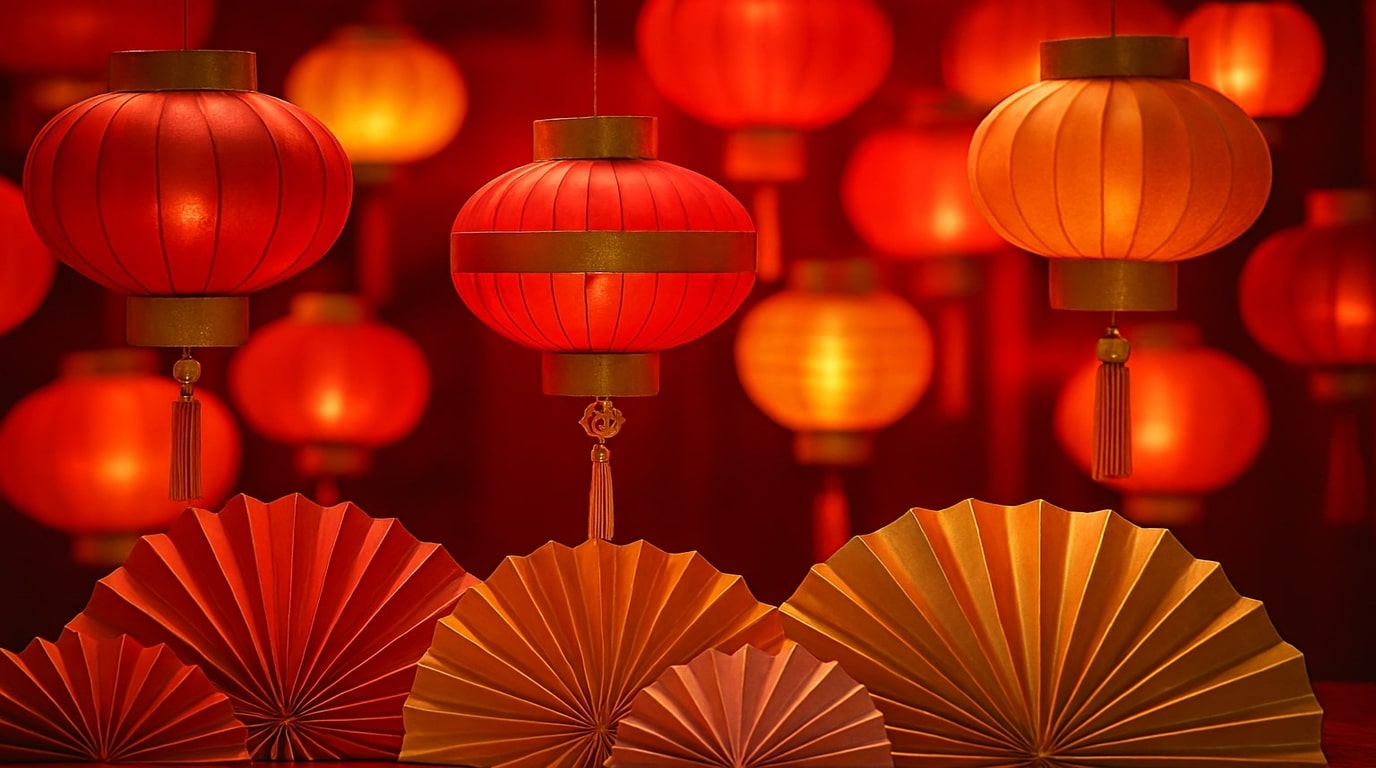
Unlike traditional Japanese origami, which emphasizes minimalism and precision, Chinese paper folding often features bold colors, multiple sheets of paper, and elaborate designs. This reflects the vibrant and festive nature of Chinese culture.
The Spread of Origami to Europe
As trade routes expanded during the 16th and 17th centuries, paper and folding techniques made their way to Europe. Initially, paper folding in Europe was influenced by religious and ceremonial traditions, much like in Asia. Over time, it evolved into a popular pastime and educational tool.
In Spain, for instance, a form of paper folding known as “papiroflexia” became well-known. European origami tends to focus on geometric patterns, mathematical precision, and artistic complexity. Folded paper flowers, stars, and symmetrical designs were commonly used for decorations, celebrations, and teaching purposes.
Origami also found its place in European education. Teachers began using folding techniques to teach mathematical concepts like fractions, geometry, and symmetry. This educational aspect helped spread origami throughout classrooms and communities, making it more accessible to people of all ages.
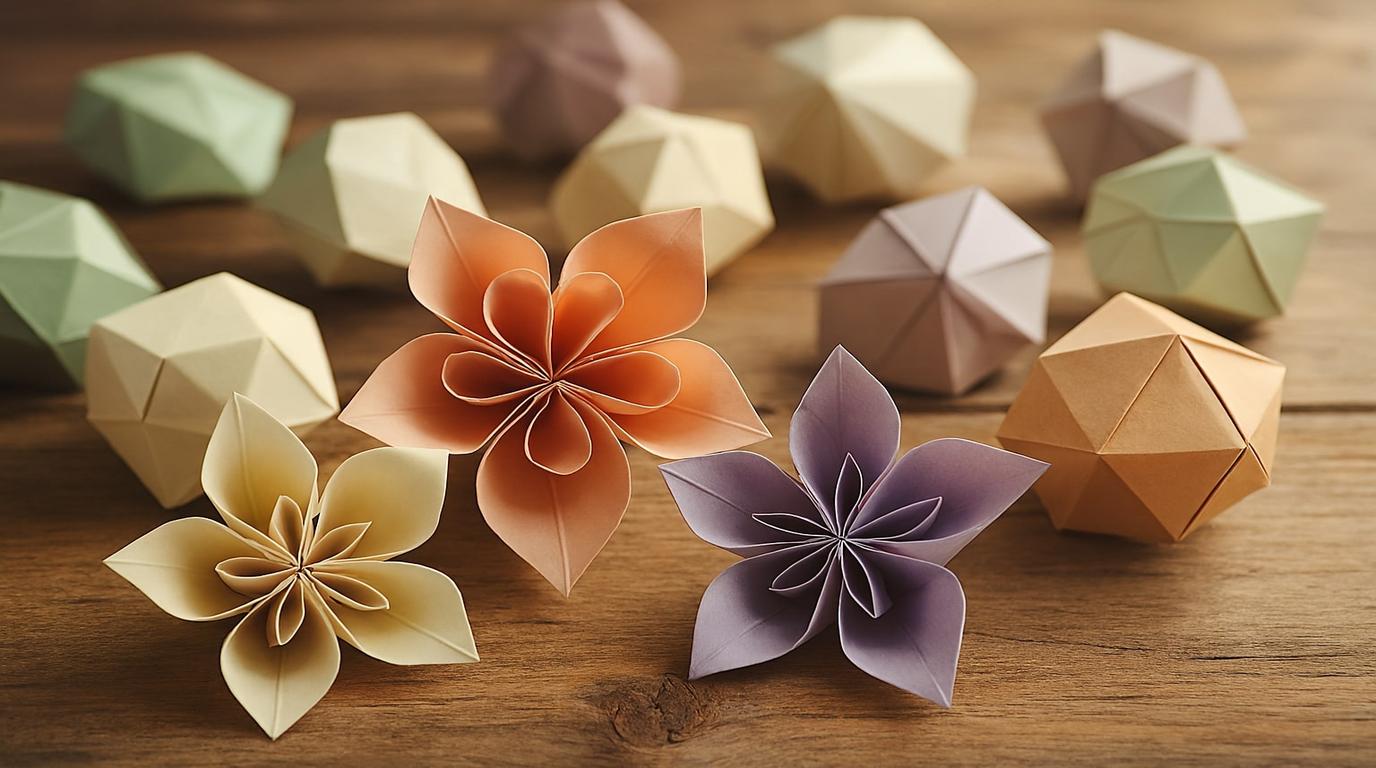
Modern Global Influence of Origami
In today’s world, origami has grown far beyond its traditional roots. With the rise of the internet and social media, origami tutorials and designs have become accessible to anyone with a sheet of paper and a desire to learn. Global competitions, exhibitions, and online communities now connect origami artists and enthusiasts from all corners of the world.
Origami has also influenced modern industries in surprising ways. Architects use origami principles to design foldable structures and innovative building designs. In science and technology, researchers apply origami techniques to create compact devices like solar panels, airbags, and even medical tools. NASA has even explored origami concepts for designing spacecraft components that can fold and unfold in space.
Contemporary artists are pushing the boundaries of origami by creating massive installations and abstract sculptures that challenge traditional perceptions of the craft. This fusion of old and new demonstrates how origami continues to evolve and inspire creativity on a global scale.
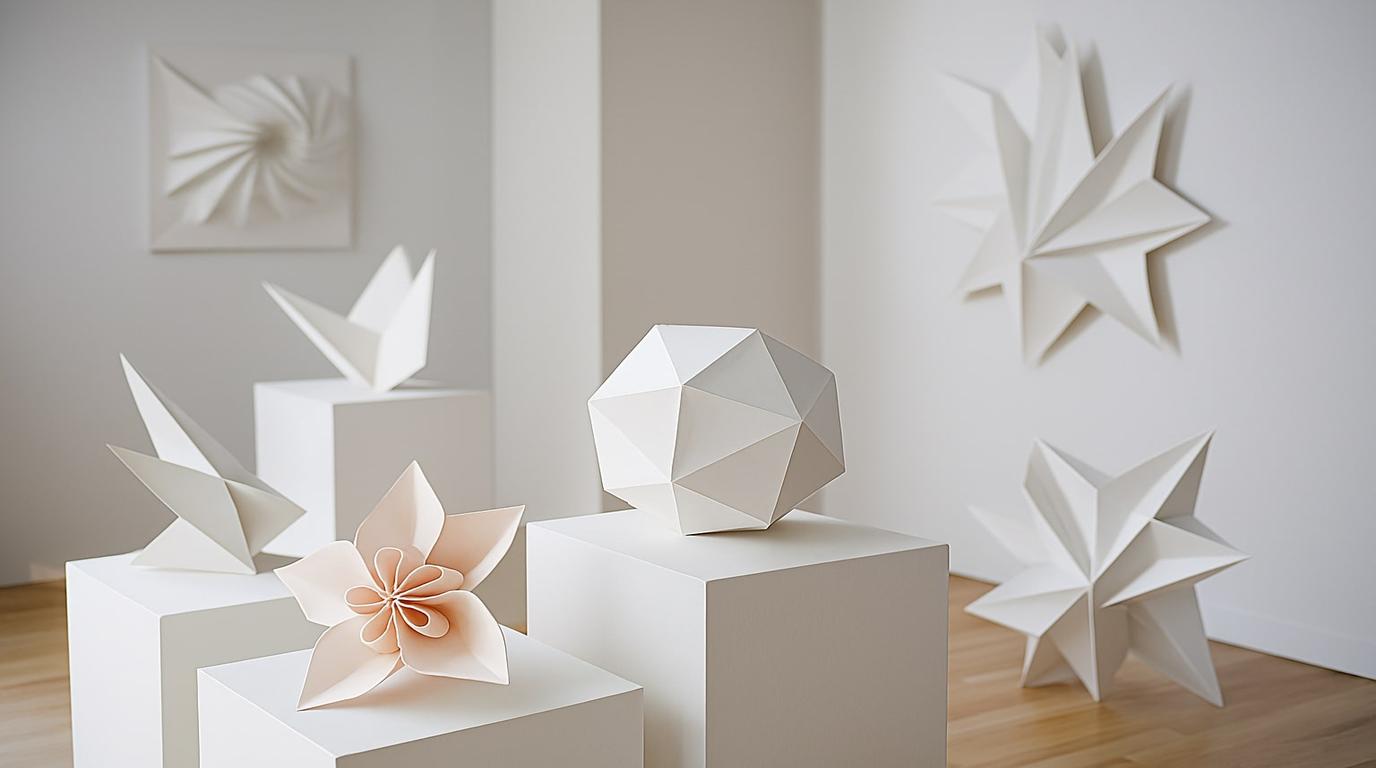
Origami in Different Cultural Contexts
One of the most remarkable aspects of origami is how it adapts to different cultural contexts. In some places, origami is purely decorative, while in others, it carries deep symbolic meaning. For example:
- Japan: Origami is used in celebrations, religious rituals, and as a symbol of peace and longevity.
- China: Folded paper represents prosperity, happiness, and spiritual offerings during festivals.
- Europe: Origami serves as an educational tool and a decorative art form for social gatherings and events.
- United States: Origami is celebrated as a modern art form and has applications in engineering and design.
This diversity shows how a simple practice can have countless interpretations depending on cultural values and traditions.
Why Origami Continues to Inspire the World
Origami’s enduring appeal lies in its simplicity and accessibility. It requires nothing more than a sheet of paper and a pair of hands, yet it offers endless creative possibilities. In today’s fast-paced world, origami also serves as a form of mindfulness and stress relief. The repetitive folding motions encourage focus, calmness, and patience, making it a popular activity for both children and adults.
Moreover, origami’s ability to bring people together is profound. Workshops, community events, and online groups allow people from different cultures and backgrounds to connect through shared creativity. This universal language of folding paper helps bridge cultural gaps and fosters understanding.
Conclusion
From the ancient temples of Japan to modern design studios and classrooms around the world, origami has traveled an incredible journey. Its cultural significance lies not only in its history but also in its adaptability and relevance today. Whether folded for celebration, meditation, or innovation, origami continues to captivate and connect people globally.
As you explore the world of origami, remember that every fold tells a story — a story that links you to centuries of tradition and a shared human desire to create beauty and meaning from the simplest of materials.
Paper Stories
LATEST ARTICLES
Behind Every Fold
Unfold meaningful stories, tips, and trends in modern origami culture.

Majestic 3D Origami Red and White Swan – Handcrafted Decorative Masterpiece
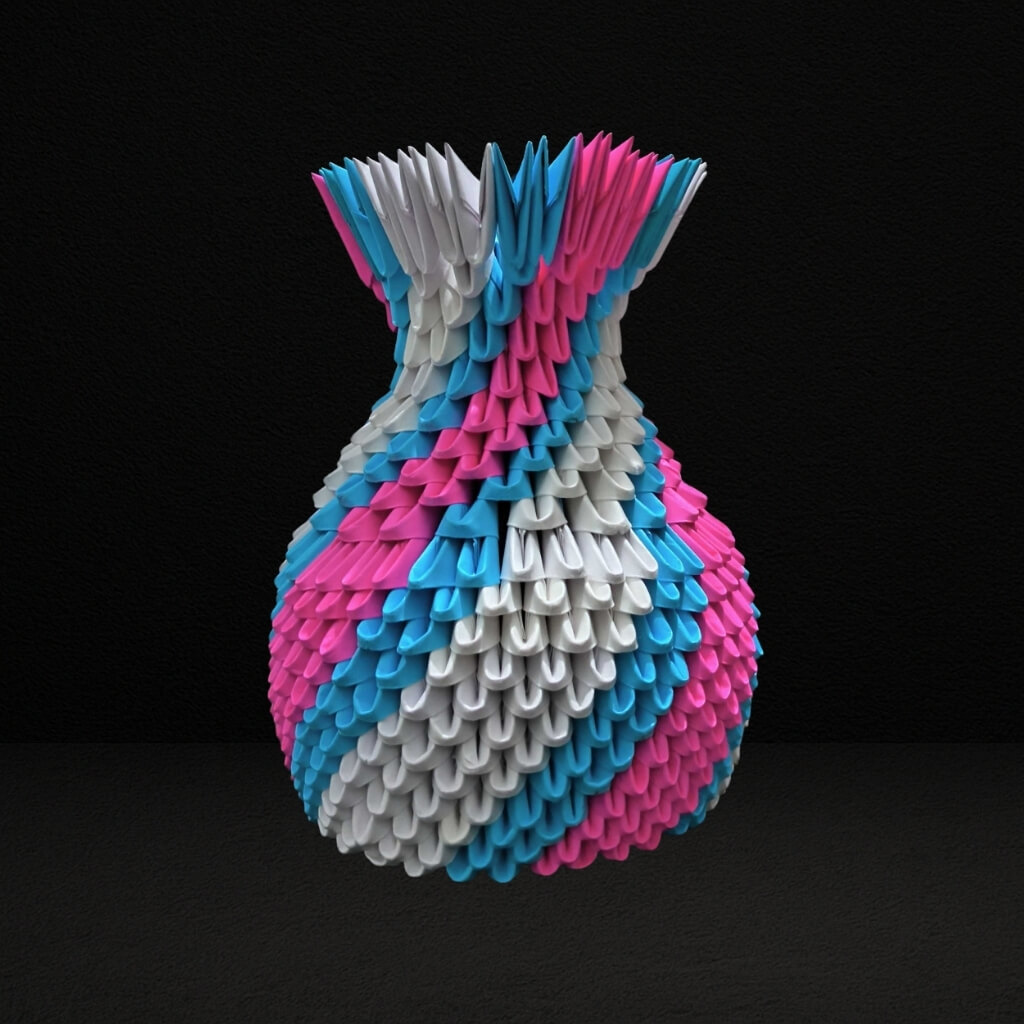
Elegant 3D Origami Flower Pot – Handcrafted Vibrant Art Piece
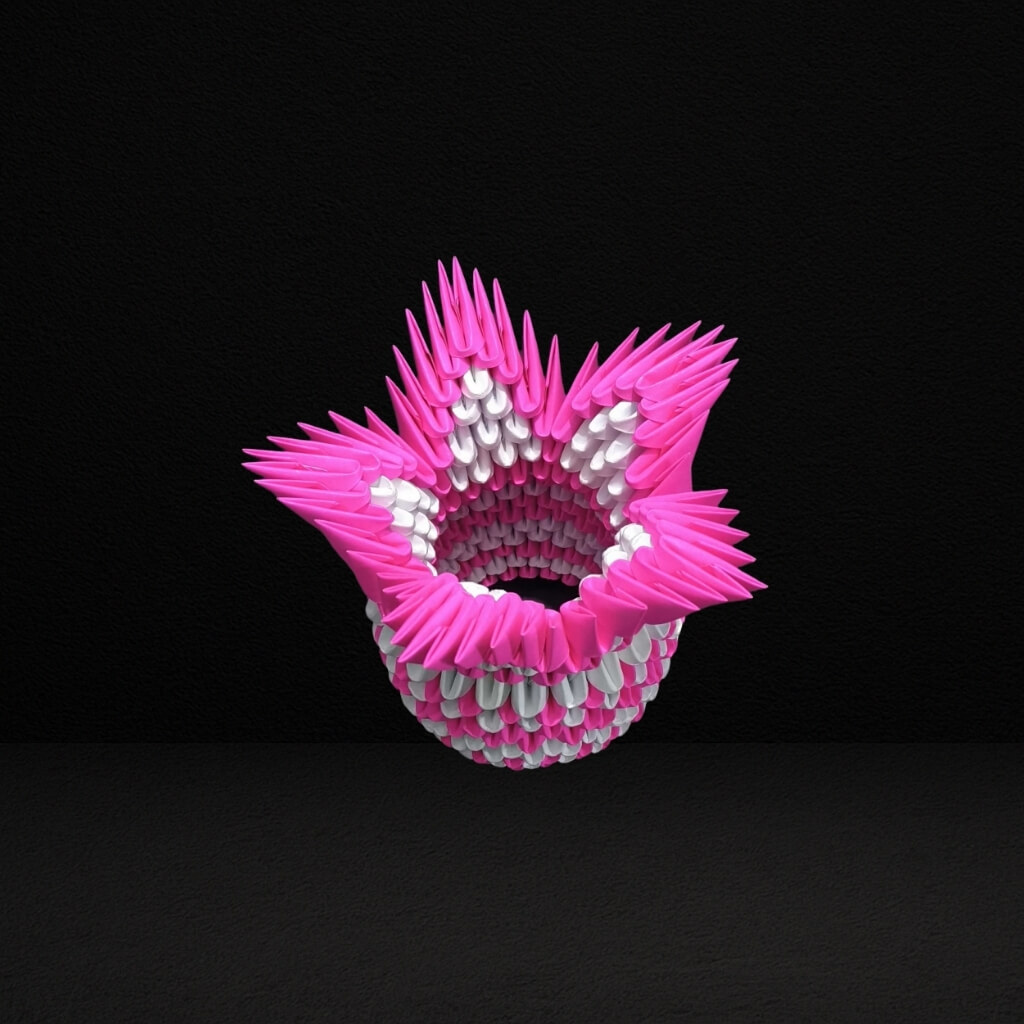
Handcrafted 3D Origami Pink Star Basket – Decorative Art Piece
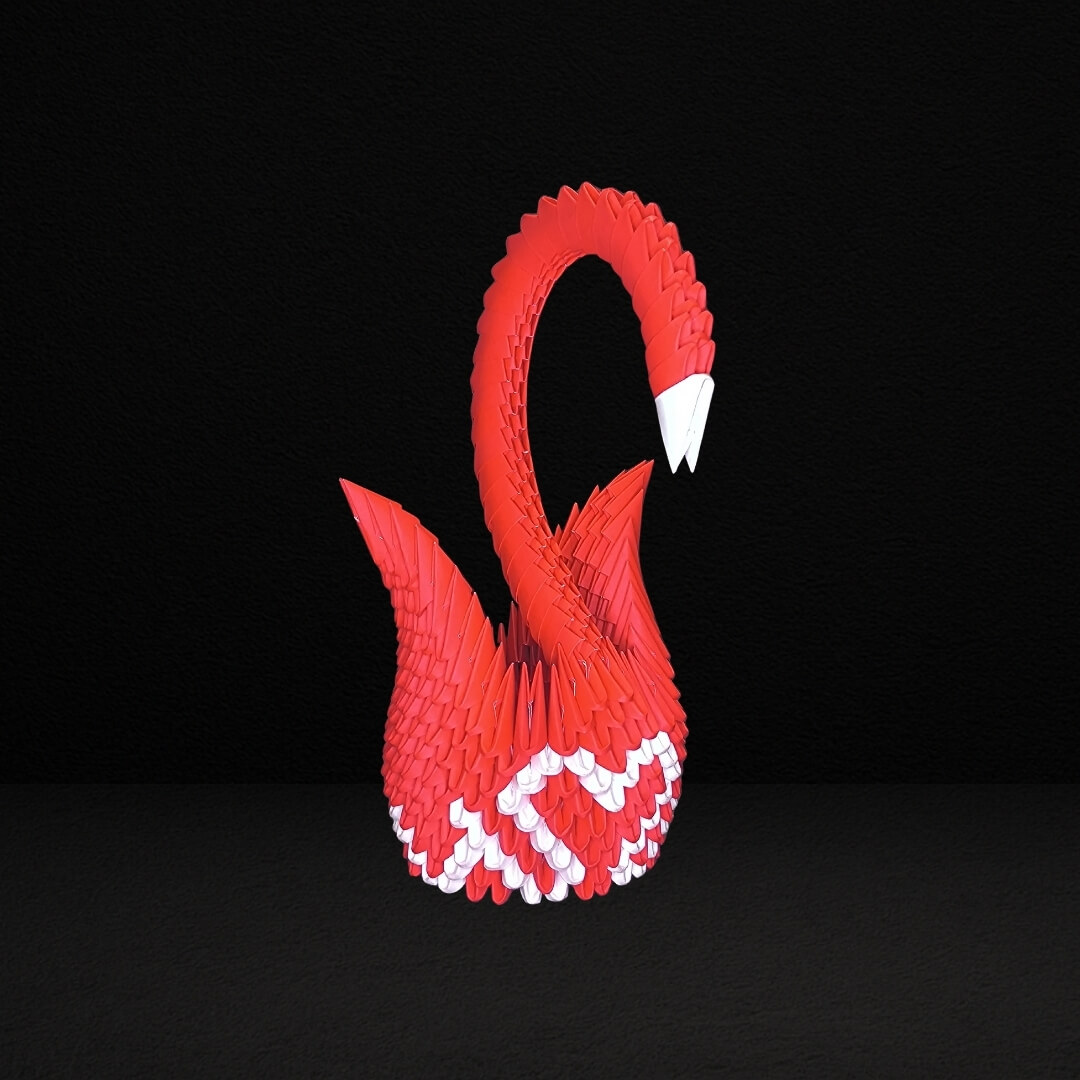


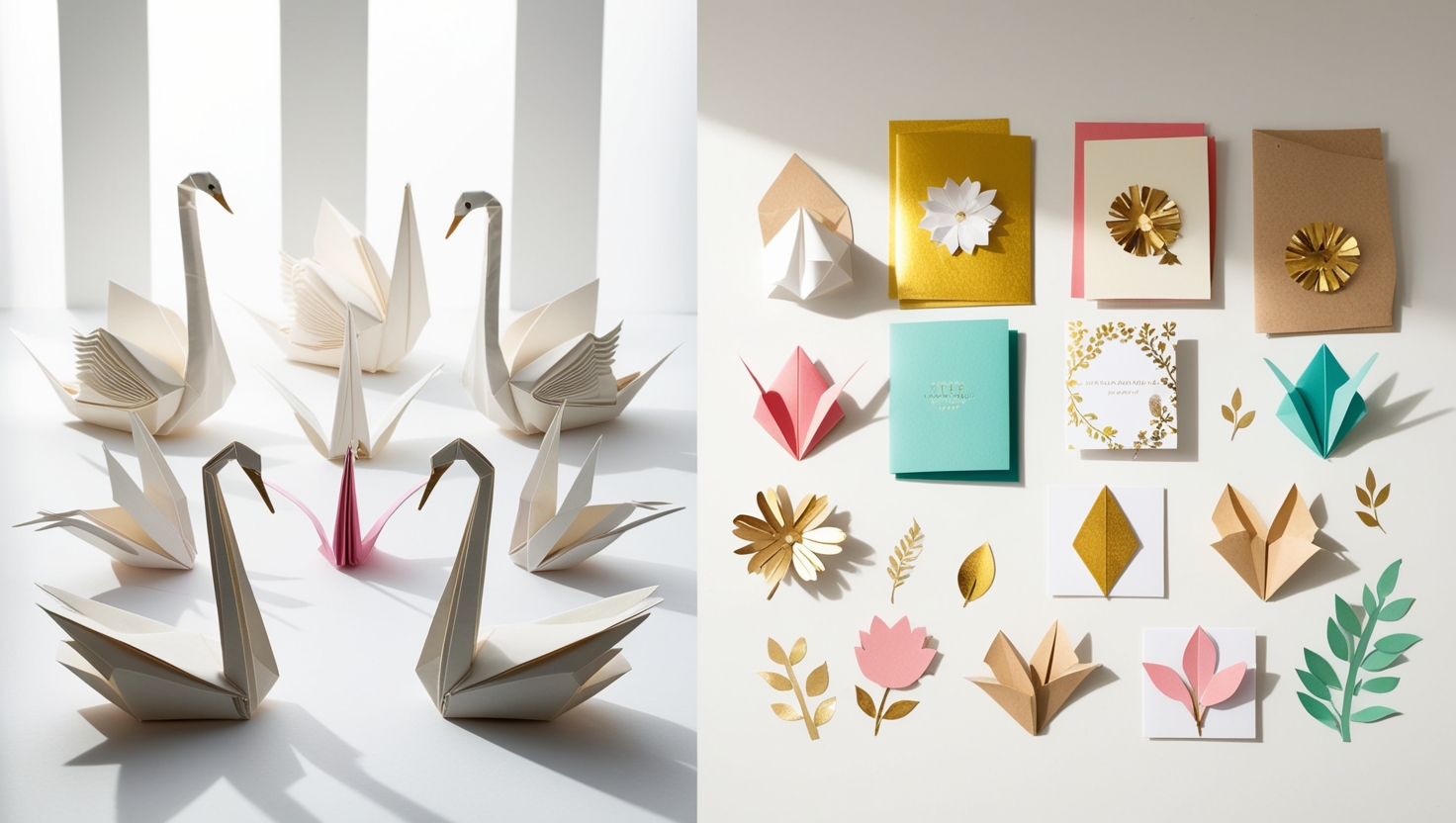
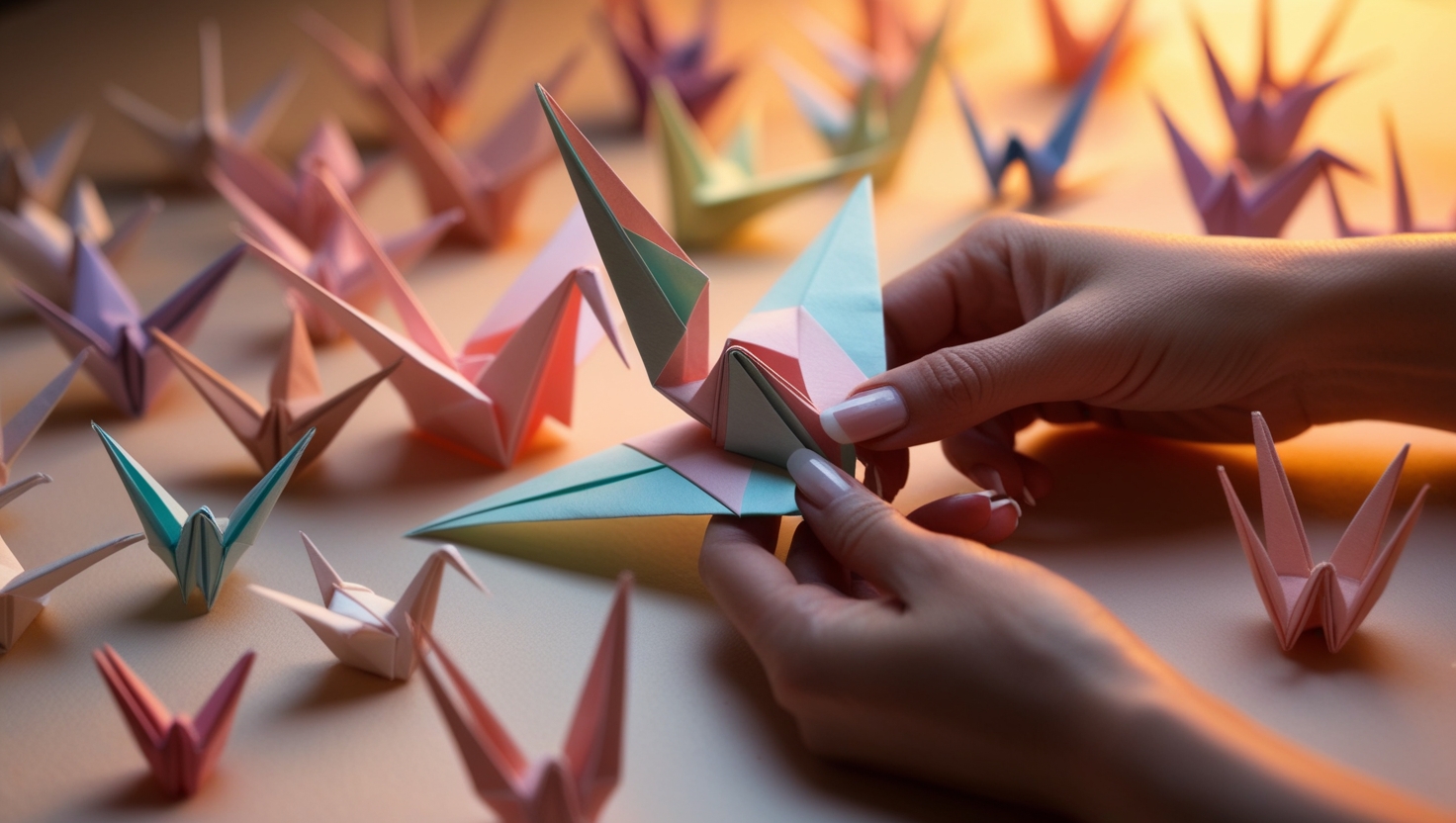
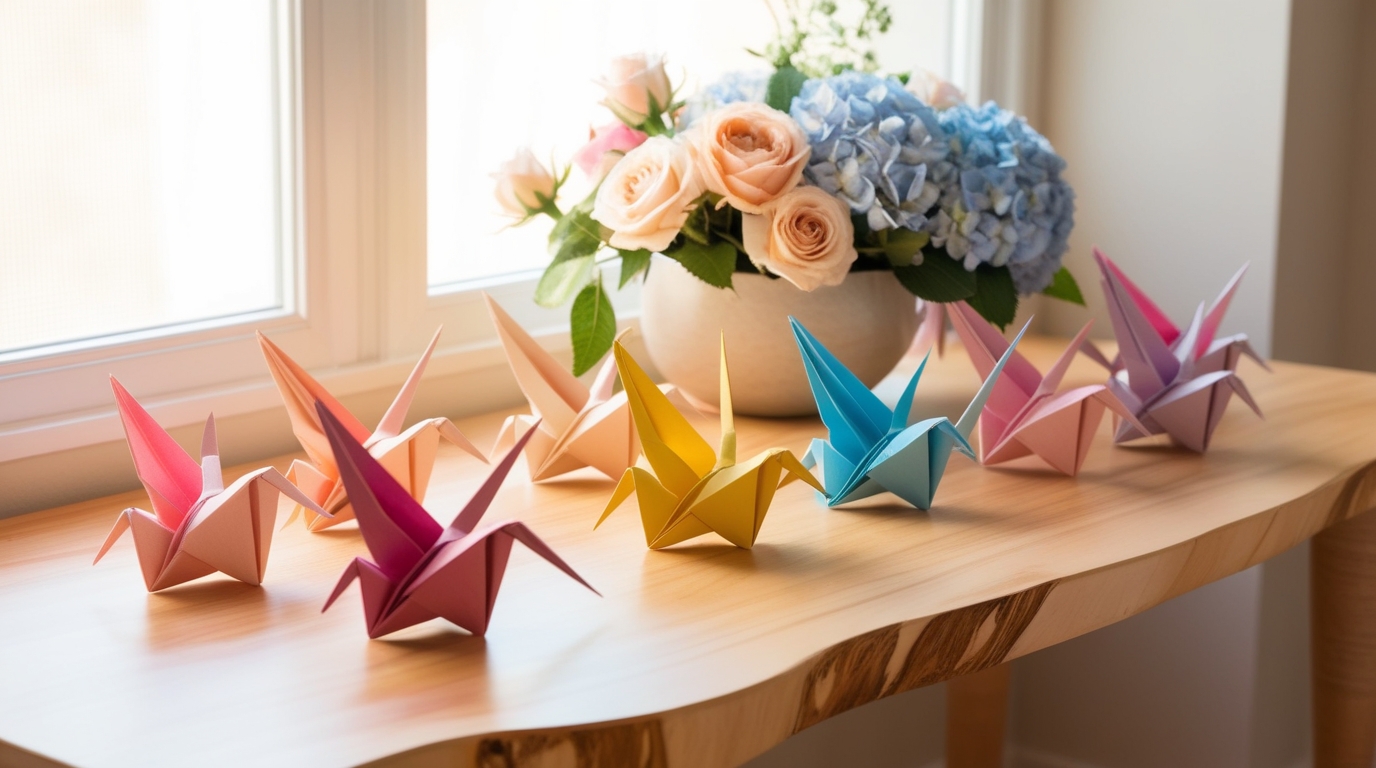
Comments
Post a Comment
You mustto post a comment.
No comments yet. Be the first to comment!